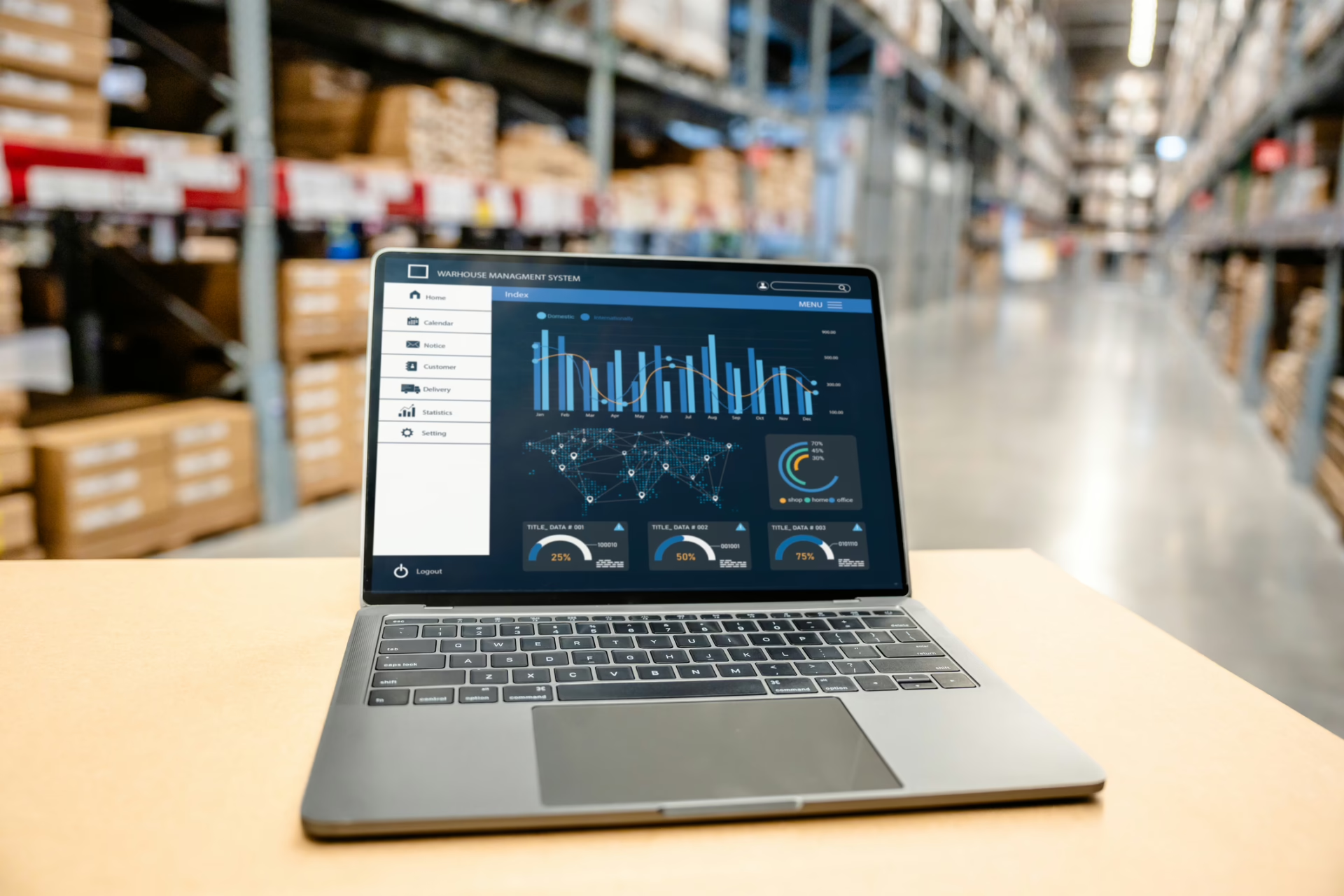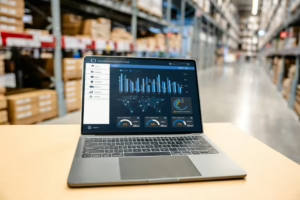
For many small and mid-sized manufacturers and distributors, the warehouse is the engine of the business—but too often, it’s also the bottleneck. Outdated processes, disconnected systems, and manual workarounds make fulfillment slower, more error-prone, and less scalable than it needs to be.
That’s why more organizations are turning to total warehouse logistics (twl) as a strategy—not just a system—to optimize every stage of warehouse operations. From receiving to picking, packing, and shipping, this approach is about bringing clarity, control, and continuous flow to what is often the most overlooked part of the supply chain.
What Is Total Warehouse Logistics (TWL)?
Total warehouse logistics (TWL) is the practice of managing your warehouse ecosystem as a fully integrated, data-driven operation. It goes beyond basic inventory management to ensure that people, products, systems, and space are all working in concert to deliver efficiency and accuracy at scale.
This isn’t just about slapping a warehouse management system (WMS) onto your ERP. It’s about creating an intelligent layer of automation, visibility, and coordination that aligns warehouse execution with your broader business goals.
Why It Matters Now
For manufacturers and distributors facing labor shortages, margin pressure from tariffs and other marketplace disruptors, and rising customer expectations, warehouse performance has become a make-or-break issue. When orders are delayed, incorrectly picked, or inconsistently shipped, the impact isn’t just operational. It’s reputational.
With more customers expecting fast, accurate fulfillment, and more companies competing on service and responsiveness, warehouse operations can no longer be a back-office concern. A total warehouse logistics (twl) approach ensures that your warehouse is positioned not as a cost center—but as a value driver.
The Core Benefits of Total Warehouse Logistics (TWL)
- Improved Inventory Accuracy
When warehouse processes are integrated and automated, inventory records reflect real-time movement. That leads to fewer stockouts, reduced overstock, and more confident planning. - Faster Order Turnaround
By optimizing picking routes, streamlining packing stations, and automating label generation, orders can move through the warehouse in less time with fewer errors. - Reduced Manual Touchpoints
The fewer times a product is manually handled or entered into a system, the lower the chances of mistakes and delays. Total warehouse logistics (twl) removes redundant steps and minimizes reliance on tribal knowledge. - Scalability Without Hiring
As order volume grows, a fully optimized warehouse can handle more throughput without adding headcount. That’s a key advantage for SMBs with lean teams. - Tighter Integration with Shipping Partners
With built-in rate shopping and label printing, shipments can be optimized for cost and speed—without hopping between systems or depending on standalone tools.
Key Features to Look For
If you’re evaluating technology or process improvements to support total warehouse logistics (twl), here are a few essential capabilities that you should consider:
- Directed Putaway & Picking
Ensure warehouse staff know exactly where to go and what to retrieve based on optimized logic—not guesswork or paper lists, including support for voice-directed picking. - Real-Time Order Visibility
Sales and service teams need to know what’s happening in the warehouse without having to ask. Transparency boosts internal coordination and customer confidence. - Carrier Integration
Multi-carrier support, label generation, and rate optimization save time and money at the shipping dock. - Configurable Workflows
Every warehouse is different. Look for tools that adapt to your workflows—not the other way around. - Dashboard & Reporting Tools
Leadership needs to see throughput, cycle time, error rates, and productivity metrics in one place. Total warehouse logistics (twl) enables that visibility.
Who Benefits Most?
While the benefits of warehouse optimization apply across industries, total warehouse logistics (twl) is especially valuable for:
- Distributors with complex product mixes or frequent small orders
- Manufacturers with just-in-time production models
- Hybrid businesses doing both assembly and distribution
- SMBs preparing for growth but limited in labor or space
These companies often have strong products and loyal customers—but struggle with fulfillment inefficiencies that limit their ability to scale or meet rising expectations.
Getting Started: What to Consider
Transitioning to a total warehouse logistics (twl) approach doesn’t mean tearing everything down and starting from scratch. In fact, the best results often come from layering smarter processes and tools onto your existing ERP system.
Here are a few steps to begin:
- Map Your Current Processes
Document how inventory moves through your warehouse. Where are the slowdowns? Where do errors typically occur? - Engage Your Frontline Teams
The people doing the work know where the friction is. Their insights are key to making meaningful improvements. - Prioritize Easy Wins
Start with changes that deliver immediate value—like eliminating paper pick lists or automating shipping label creation. - Choose Tools That Integrate Easily
Avoid systems that create new silos. Look for solutions that layer seamlessly onto your current tech stack. - Measure, Refine, Repeat
As with any optimization initiative, success depends on tracking KPIs and continually refining your process.
Your Warehouse Can Do More
To the point we made at the opening of this article, the warehouse is more often than not a source of delay, frustration, and hidden costs. But with the right tools and mindset, it can become a strategic asset—driving speed, accuracy, and customer satisfaction.
Total warehouse logistics (twl) isn’t about working harder. It’s about making every part of your warehouse work smarter, together. For companies ready to grow without chaos, the path starts here.







